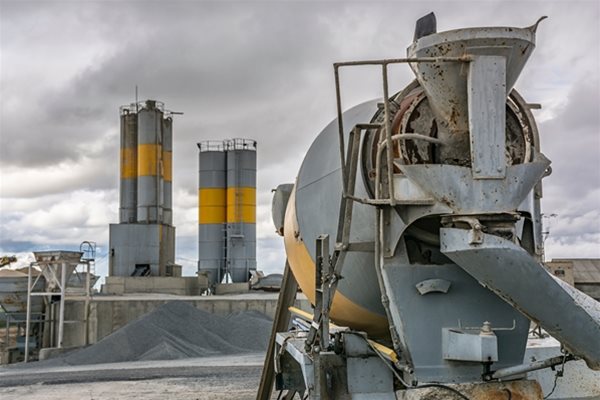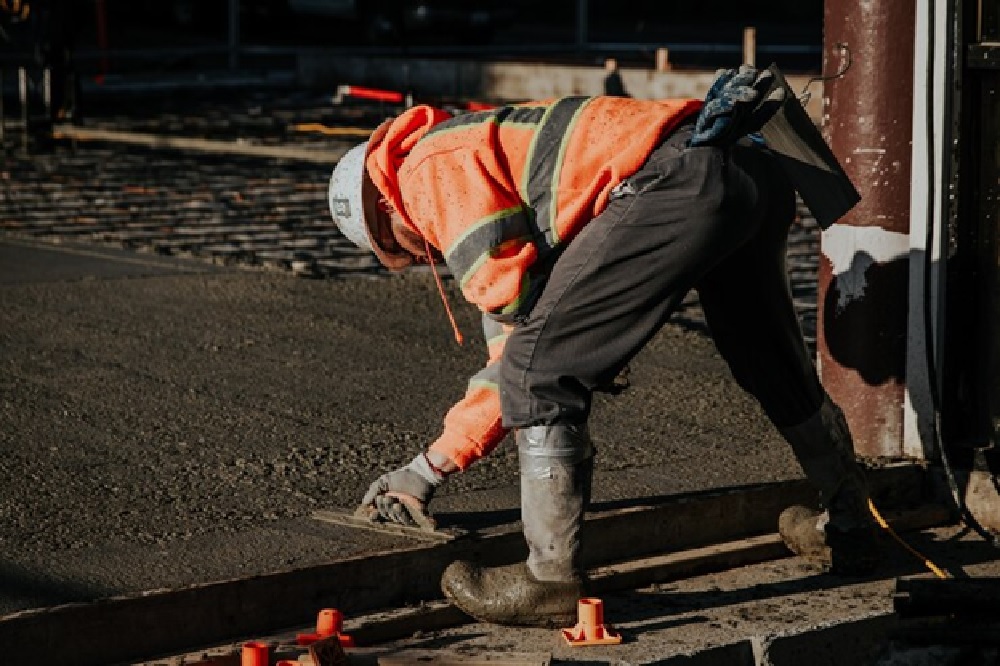Concrete is best dealt with in a systematic manner coupled with accurate planning and the right approach. Whether you are working on a small repair or constructing a commercial building, it is crucial to know what a professional does when handling matters related to concrete. Here are some invaluable pieces of advice to complete diverse concrete tasks and get the desired outcome. To learn more in detail, keep reading this guide till the end.
Planning and Preparation
Concrete work is a constructive job that involves proper planning and preparation to achieve the best results. Before beginning work on any particular task, inspect the location, gather all the equipment and supplies, and draw up a schedule.
Make sure the area is clear of anything that may interfere and arrange all the forms or molds needed for the particular project. Strategic planning plays a significant role in avoiding setbacks and inefficiencies, creating a solid foundation for implementation.
Safety Measures
Compared to other construction materials, working with concrete has risks, and safety is always a consideration. Ensure that appropriate personal protective equipment (PPE) such as gloves, safety glasses, and dust masks are worn to prevent contact with dust or any chemicals.
When engaged in activities like concrete sawing, employ tools that collect dust and also make sure there is adequate airflow. A hazard-free environment reduces the probability of an incident at the workplace.

Mixing Concrete
It is important to understand that the quality of the mix that you use for your concrete determines the strength and sturdiness of the concrete that you get in the end. Always use the recommended proportion of cement, sand, gravel, and water as recommended by the manufacturer.
The proper way to mix the material is to use a concrete mixer as this ensures that the mixture is consistent and there is no formation of lumps or dry patches. It is crucial to mix the concrete properly to ensure that it cures as expected and has the right strength and durability.
Pouring and Spreading
In addition to the above aspects, when placing concrete it is very important to make sure that it is well spread to minimize the development of air pockets. First, pour concrete on the specified region and then level it with a shovel or a rake. Use a screed, a long, straight board to level the surface, and slide back and forth like sawing. It contributes to attaining an even surface which is essential for the strength of the structure and the appearance.
Curing Concrete
Last but not the least, curing is one of the final phases that are very significant in determining the strength of the concrete materials. Finally, after pouring the concrete, it is covered with a plastic sheet or wet burlap to retain moisture. Allow the concrete to cure for not less than seven days while maintaining proper curing conditions to achieve a slow curing process. Effective curing helps avoid cracks and improve concrete performance in general.

